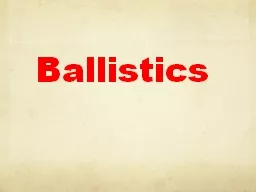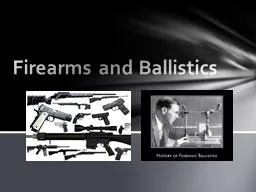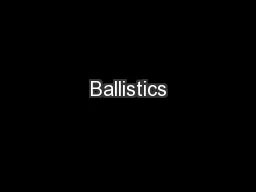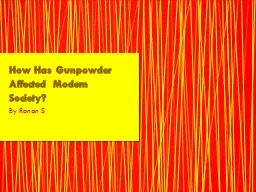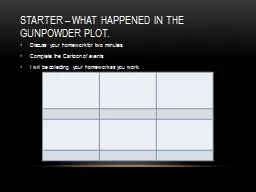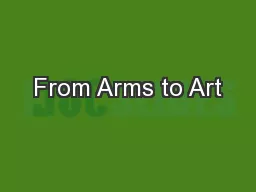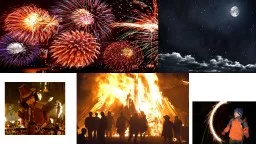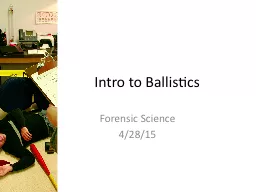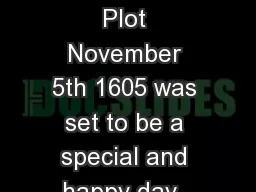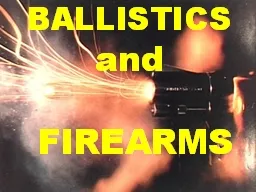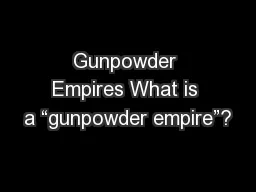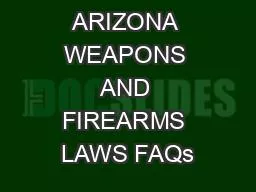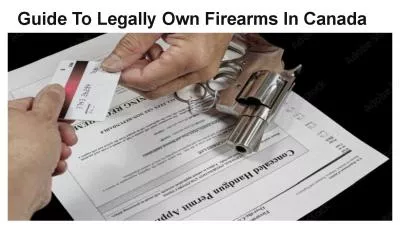PPT-Ballistics History of Gunpowder and Firearms
Author : tatiana-dople | Published Date : 2018-11-05
The Chinese invented gunpowder over a thousand years ago using KNO 3 charcoal and sulfur Muzzleloading matchlocks used wicks to ignite the gunpowder The cartridge
Presentation Embed Code
Download Presentation
Download Presentation The PPT/PDF document "Ballistics History of Gunpowder and Fi..." is the property of its rightful owner. Permission is granted to download and print the materials on this website for personal, non-commercial use only, and to display it on your personal computer provided you do not modify the materials and that you retain all copyright notices contained in the materials. By downloading content from our website, you accept the terms of this agreement.
Ballistics History of Gunpowder and Firearms: Transcript
Download Rules Of Document
"Ballistics History of Gunpowder and Firearms"The content belongs to its owner. You may download and print it for personal use, without modification, and keep all copyright notices. By downloading, you agree to these terms.
Related Documents

